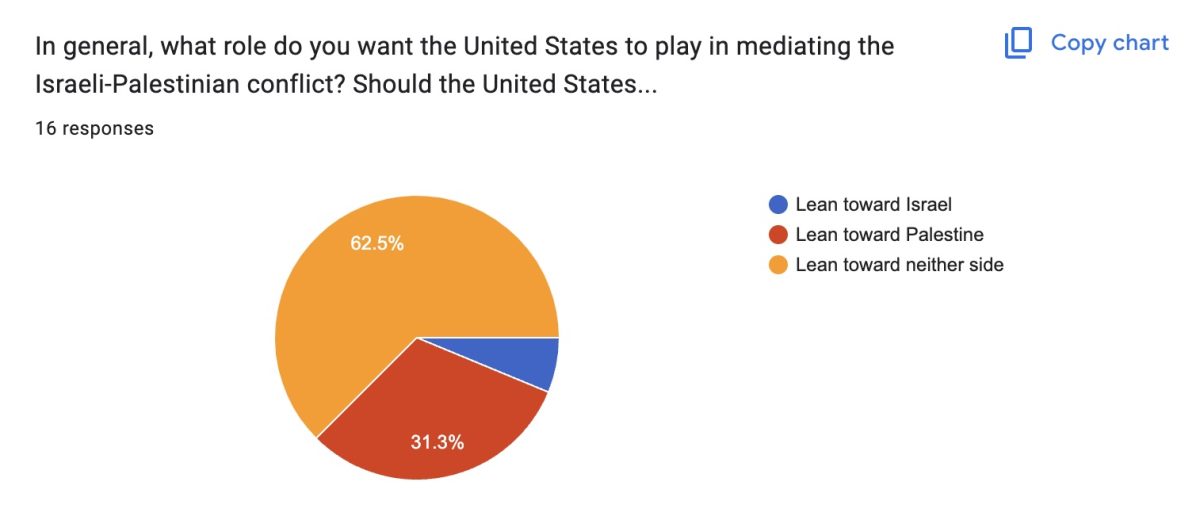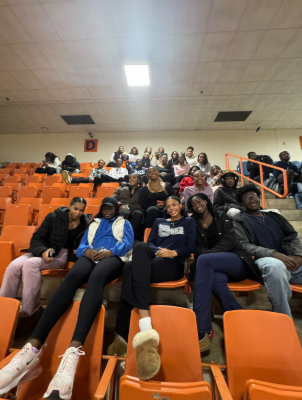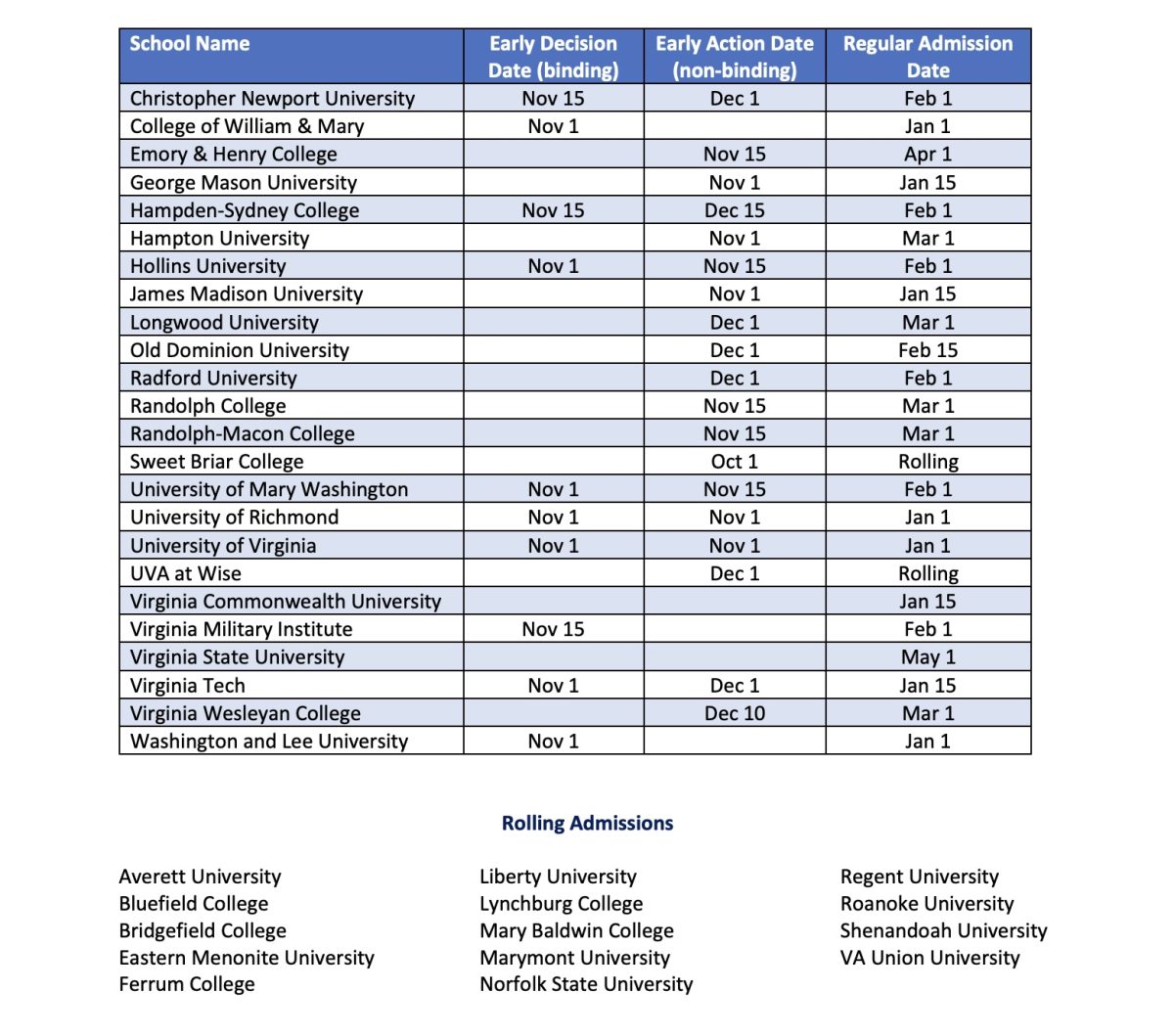Seniors are getting ready for two critical deadlines as they prepare for college. With just two weeks left, most early decision and action deadlines fall between Nov. 1 and Nov. 15.
Early decision (ED) is a legally binding agreement between a student and the college they are applying to. This means if they are accepted, the student must attend the college regardless of the financial aid package they are offered. Typically, students know of their acceptance in December. Early action (EA) is a type of early admission process offered by some colleges that is non-binding. This means students receive an admission decision early in the admission cycle, usually in January or February, but are not required to attend the school.
Later in the admissions process comes regular decision (RD), where students receive their admission decision in the spring, usually in late March or early April. Most regular decision deadlines fall between Jan. 1 and Jan. 15.
Kritee Satyal, a current senior, shared her thoughts on the admissions process so far. “Some schools I’m applying to for early action are Virginia Commonwealth University, George Mason University, the University of Virginia, and William & Mary,” Satyal said. “The application process is definitely stressful—summing up your character, interests, and activities in one application. I’m working through it all now, and the process is progressing, though.”
An important part of applications that students need to pay attention to is financial aid deadlines. These often align closely with regular decision deadlines, and many schools require the Free Application for Federal Student Aid (FAFSA) to be submitted by early January.
To handle the stressful nature of college applications, students should keep track of deadlines, break down large tasks into smaller steps, and seek support from their families and school counselors. The Common Application is a helpful resource for submitting applications and tracking deadlines and requirements.




























